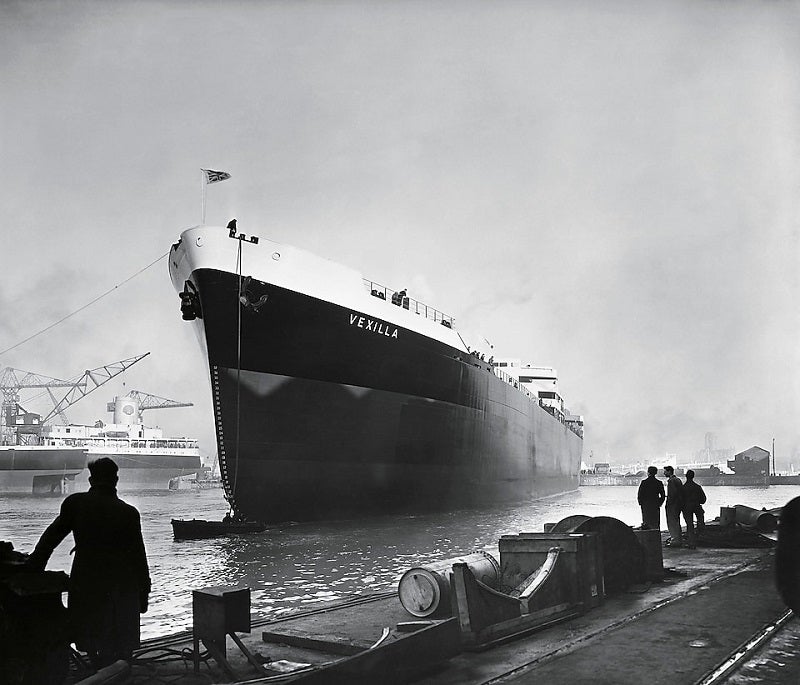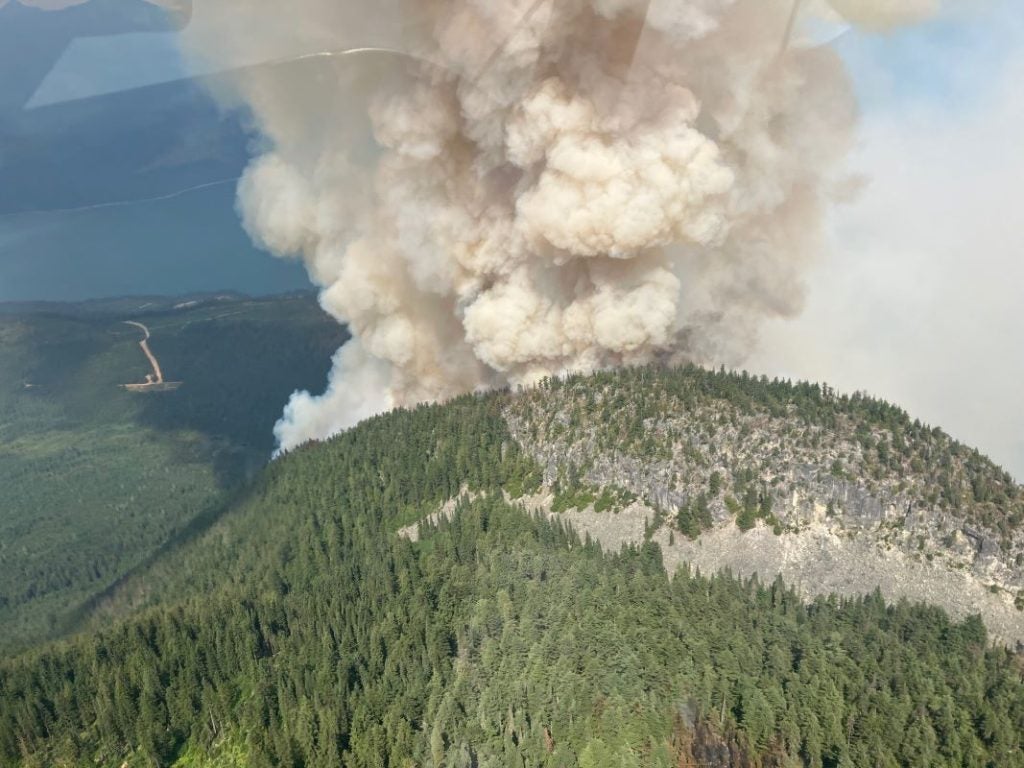Tracing the Origins of Oil and Gas Exploration and Use
Today, oil and gas is an international, multi-million dollar industry, but where, when and how did the industry begin? Offshore Technology explores the history of oil and gas, from the first discoveries to present-day businesses.
History of oil and gas: First discoveries
Oil and gas had already been used in some capacity, such as in lamps or as a material for construction, for thousands of years before the modern era, with the earliest known oil wells being drilled in China in 347 AD.
The modern history of the oil and gas industry started in 1847, with a discovery made by Scottish chemist James Young. He observed natural petroleum seepage in the Riddings coal mine, and from this seepage distilled both a light thin oil suitable for lamps and a thicker oil suitable for lubrication.
Following these successful distillations, Young experimented further with coal and was able to distil a number of liquids including an early form of petroleum. He patented these oils and paraffin wax, also distilled from coal, in 1850, and later that year formed a partnership with geologist Edward William Binney.
The partners formed the first truly commercial oil refinery and oil-works in the world, manufacturing oil and paraffin wax from locally mined coal.
Young wasn’t the only scientist making discoveries about coal in the 19th century. In 1846, Canadian geologist Abraham Pineo Gesner refined a liquid from coal, oil shale and bitumen that was cheaper and burned more cleanly than other oils. He dubbed this liquid ‘kerosene’ and founded the Kerosene Gaslight Company in 1850, using the oil to light the streets of Halifax and later the US.
How well do you really know your competitors?
Access the most comprehensive Company Profiles on the market, powered by GlobalData. Save hours of research. Gain competitive edge.

Thank you!
Your download email will arrive shortly
Not ready to buy yet? Download a free sample
We are confident about the unique quality of our Company Profiles. However, we want you to make the most beneficial decision for your business, so we offer a free sample that you can download by submitting the below form
By GlobalDataThe first modern wells
From these initial discoveries, new businesses were created, with the coal industry now also seeking to create the oils developed by Young and Gesner.
Polish engineer Ignacy Łukasiewicz improved Gesner’s method to more easily distil kerosene and petroleum in 1852, opening the first ‘rock oil’ mine in Bóbrka, Poland in 1854.
The first oil well drilled was in the town of La Brea, Trinidad in 1857. It was drilled to a depth of 280ft by the American Merrimac Company.
The first modern oil well in America was drilled by Edwin Drake in Titusville, Pennsylvania in 1859. The discovery of petroleum in Titusville led to the Pennsylvania ‘oil rush’, making oil one of the most valuable commodities in America.
Big Oil
The late 18th century and the early 19th century marked the creation of major oil companies that still dominate the oil and gas industry today.
John D. Rockefeller founded the Standard Oil Company in 1865, becoming the world’s first oil baron. Standard Oil quickly became the most profitable in Ohio, controlling about 90% of America’s refining capacity and a number of its gathering systems and pipelines. ExxonMobil, one of Standard’s successors after it dissolved in 1911, is the world’s ninth largest company by revenue today.
In Russia, the Rothschild family commissioned oil tankers from British trader Marcus Samuel to expand their oil operations and reach more overseas customers. Samuel’s first vessel, the Murex – named after a sea snail – became the first oil tanker to pass through the Suez Canal connecting the Mediterranean Sea to the Red Sea.
The Murex became the flagship vessel of Shell Transport and Trading, which eventually merged with Royal Dutch Petroleum to become Royal Dutch Shell. Today, Royal Dutch Shell is the fifth largest company in the world and one of six oil and gas supermajors.
The discovery of oil in Masjed Soleyman, Iran by William Knox D’Arcy led to the incorporation of the Anglo-Persian Oil Company (APOC) in 1907. The British Government purchased 51% of the company to provide the Navy with oil during World War I in 1914. In 1954, APOC became British Petroleum, known today as BP, which is currently the sixth largest oil and gas company in the world.
The Modern Era
In the late 20th century, changes in the oil market moved influence from generally oil-consuming areas such as the US and Europe to oil-producing countries.
Iran, Iraq, Kuwait, Venezuela and Saudi Arabia formed the Organization of the Petroleum Exporting Countries (OPEC) in 1960 in response to multinationals in the ‘Seven Sisters’ including ExxonMobil – at the time split into Esso and Mobil – Shell and BP, which operated from oil-consuming countries.
Today, OPEC has 15 member countries, accounting for approximately 44% of global oil production and 81.5% of the world’s oil reserves.
The 1980s saw a significant glut in oil following the 1970 energy crisis. Petroleum production peaked in the 1970s, which caused a sharp rise in oil price and a subsequent decrease in demand.
Oil-producing countries suffered during this glut, with OPEC struggling to maintain high oil prices through decreasing oil production. The dissolution of the Soviet Union can also be attributed in part to a loss of influence as an oil producer.
The glut lasted six years, with oil prices gradually recovering in 1986, but a similar surplus in oil started in 2014 and continues to have effects on global oil prices.
The oil and gas industry is still thriving today despite competition from renewable sources of energy, albeit in a more volatile state than ever due to world events.









Related Company Profiles
Offshore Technology Corp
British Petroleum
Shell plc
BP Plc
Esso s.r.o.